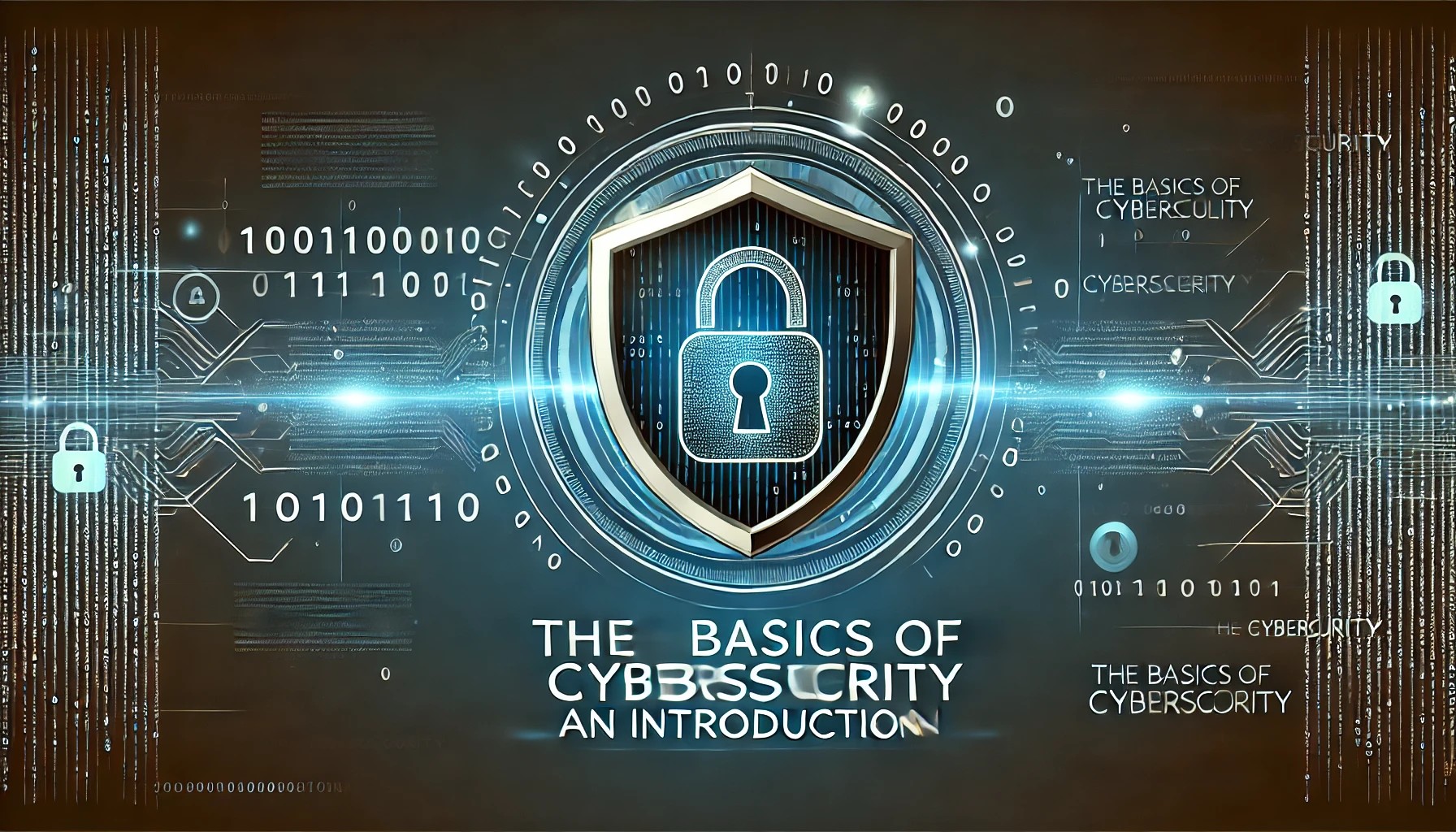In today’s interconnected world, where we rely on technology for nearly every aspect of our lives, cybersecurity has become a crucial field of focus. From personal data protection to safeguarding businesses from online threats, cybersecurity plays a pivotal role in ensuring the security and integrity of digital environments. But what exactly is cybersecurity, and why is it so important?
What is Cybersecurity?
At its core, cybersecurity refers to the practice of protecting computers, servers, networks, and data from malicious attacks, damage, theft, or unauthorized access. In a broader sense, it involves everything from securing personal devices like smartphones and laptops to protecting the vast networks that power the internet and support businesses.
Cybersecurity covers a variety of domains, all aimed at preventing threats and ensuring that systems remain secure against evolving cyberattacks.
Key Areas of Cybersecurity
- Network Security
Network security is the practice of protecting the integrity, confidentiality, and availability of data and resources within a network. This includes securing both hardware and software technologies, as well as ensuring safe communication channels. A common method of network security is the use of firewalls, which filter out harmful traffic trying to enter a system. - Information Security
Information security focuses on protecting sensitive data, whether it’s personal information, financial records, or intellectual property. It involves encryption techniques and robust data storage methods to ensure that even if data is intercepted, it remains unreadable without the correct decryption key. - Application Security
Application security ensures that the software we use every day is free from vulnerabilities that hackers can exploit. This includes regularly testing and updating software, as well as coding applications with security in mind. Vulnerabilities in apps can lead to data breaches, so it’s essential that security measures are integrated into the development process. - Endpoint Security
Endpoint security is about securing individual devices that connect to a network, such as smartphones, laptops, and tablets. These devices can serve as entry points for cybercriminals, making endpoint protection a critical aspect of cybersecurity. Anti-virus software, encryption, and remote wiping capabilities are some of the tools used to protect endpoints. - Identity and Access Management (IAM)
IAM involves ensuring that only authorized individuals can access specific systems and data. This includes practices like multi-factor authentication (MFA), password management, and role-based access control. By implementing IAM protocols, businesses can reduce the risk of unauthorized access to critical information. - Cloud Security
As more businesses move to cloud-based solutions, securing these environments becomes essential. Cloud security focuses on safeguarding cloud data, applications, and services. It’s important to use encryption, secure access protocols, and ongoing monitoring to protect cloud-based resources.
Common Cybersecurity Threats
While cybersecurity aims to prevent a range of potential risks, cybercriminals are constantly evolving their tactics. Some of the most common threats include:
- Malware: Malicious software, such as viruses, worms, and ransomware, that infects systems to steal data, damage software, or gain unauthorized control over devices.
- Phishing: Fraudulent attempts to trick individuals into providing sensitive information, often via fake emails or websites that appear legitimate.
- Man-in-the-Middle Attacks (MitM): Attacks where cybercriminals intercept and potentially alter communication between two parties without their knowledge.
- Denial-of-Service (DoS) Attacks: These attacks overwhelm systems with excessive traffic, rendering them unusable or unresponsive.
- SQL Injection: A method of exploiting vulnerabilities in a website’s database system to access sensitive information.
Best Practices for Individuals
While large organizations often have dedicated cybersecurity teams, individuals also need to take steps to protect themselves. Here are a few best practices for improving your own cybersecurity posture:
- Use Strong Passwords: Create complex passwords with a mix of letters, numbers, and special characters. Avoid using the same password across multiple sites, and consider using a password manager to securely store them.
- Enable Two-Factor Authentication (2FA): Adding an extra layer of protection by requiring a second form of verification, such as a text message or an authenticator app, can make it harder for hackers to gain access to your accounts.
- Be Cautious of Phishing Scams: Don’t click on suspicious links or open attachments from unknown sources. Always verify the sender’s email address or phone number before sharing sensitive information.
- Regularly Update Software: Keeping your operating system, applications, and antivirus programs up to date is one of the most effective ways to prevent cyberattacks. Updates often include patches for known security vulnerabilities.
- Back Up Your Data: Regularly backing up important files ensures that you can recover your data in the event of a malware attack or system failure.
The Role of Cybersecurity in Business
For businesses, cybersecurity is not just about protecting data; it’s about ensuring the continuity of operations. Cyberattacks can result in significant financial loss, damage to reputation, and even legal consequences. Businesses must stay vigilant and ensure that their employees are educated about cybersecurity best practices. Additionally, companies should invest in tools like firewalls, encryption, and intrusion detection systems to protect their networks from external threats.
Conclusion In an age where cybercrime is increasingly sophisticated, cybersecurity is more important than ever. By understanding the basics and taking proactive steps to safeguard data and systems, individuals and businesses can significantly reduce their risk of falling victim to cyberattacks. Whether you’re using personal devices or managing a company’s network, cybersecurity is an ongoing effort that requires awareness, vigilance, and the right tools to defend against emerging threats.
